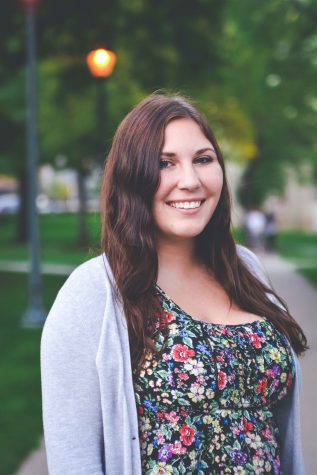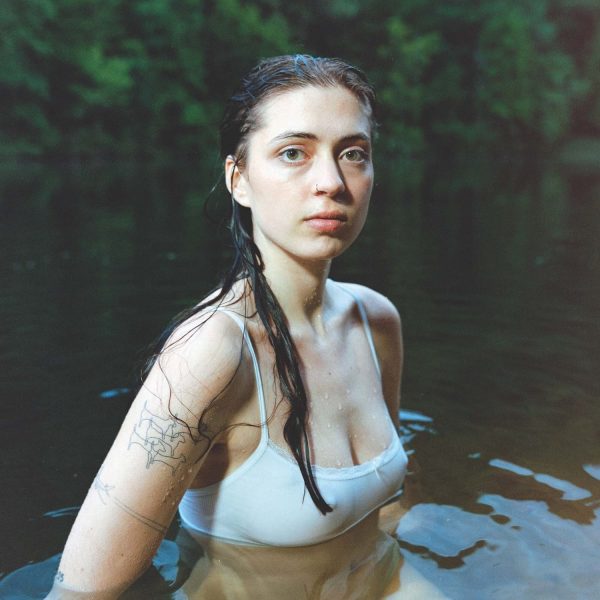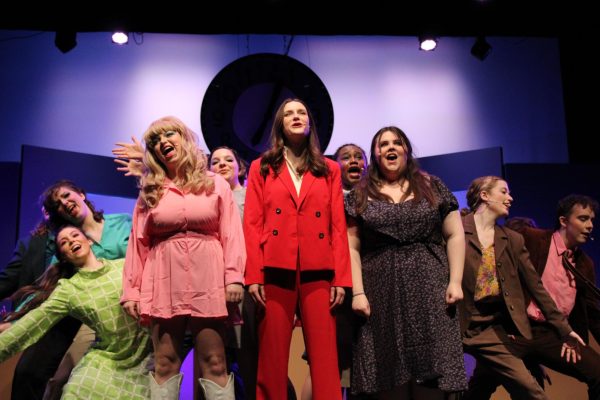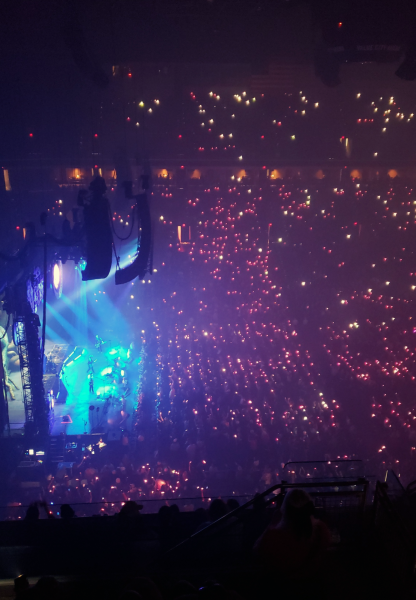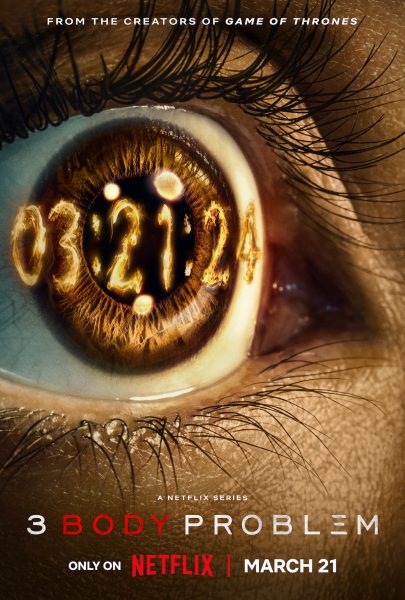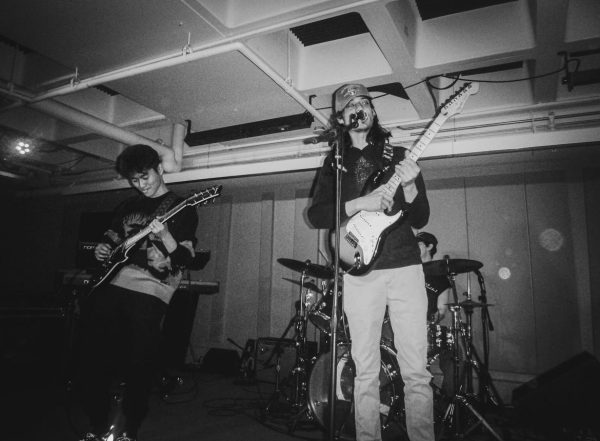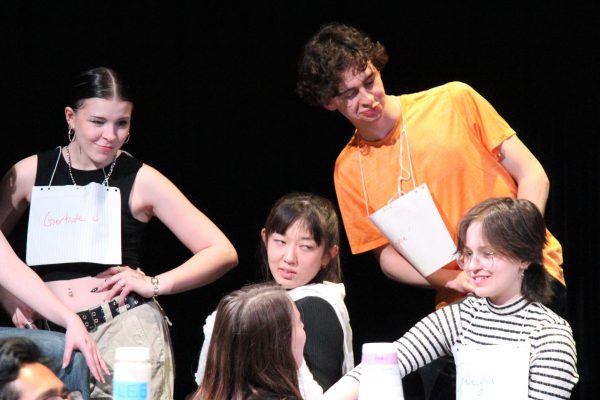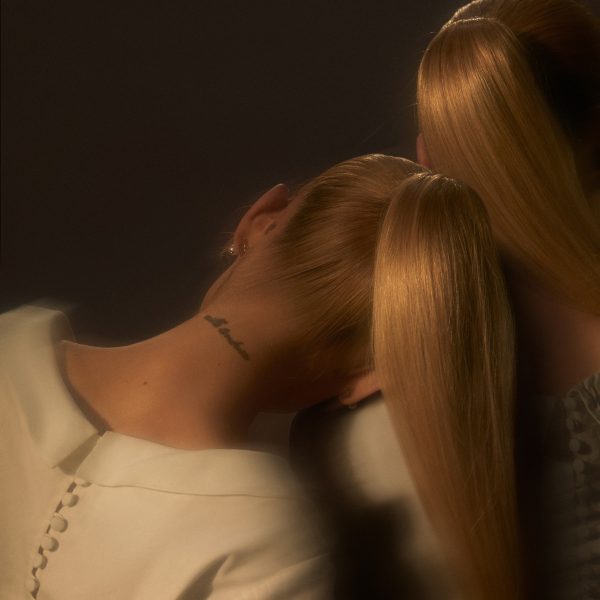The CWRU ghost researcher
SAGES Fellow to publish book about ghost tourism
October 17, 2014
Michele Hanks went from crying on Disney World’s Pirates of the Caribbean ride, to sitting by “the hanging tree” at Chillingham Castle in England, in the middle of the night. Alone, her eyes and ears covered, she waited like bait.
Michele Hanks’s new book “Haunted Heritage: The Cultural Politics of Ghost Tourism, Populism and the Past” includes her experiences and findings while she was doing fieldwork in England for 18 months. She spent her time there studying all kinds of ghost tourism including ghost walks and people spending the night at haunted sites.
How did Hanks get to researching ghost investigating? She has a doctorate in Anthropology from University of Illinois at Urbana-Champaign, and in graduate school she became specifically interested in the way amateurs contribute to science, new ideas and community lore. Both of those things are found in ghost research. It combines how stories and local history affect people, and how people “ghost hunting” can possibly discover something new in science.
Hanks’ research wasn’t about proving whether ghosts were real or not, it was about what the people around her thought was real.
That being said, she still gets asked a lot if she believes in ghosts.
“I took a very agnostic view going in,” said Hanks.
While she was in England, she did experience what some would call hauntings, but the experiences mostly happened to other people. Others felt presences, saw things, but she didn’t.
“I was a proxy to a lot of experiences,” she said.
Usually the people giving the ghost tours didn’t even believe in ghosts. The tourists did. Most ghost researchers feel the same way Michele does: that there is more that humans don’t know, and it is best to keep an open mind. Some have had experiences with spirits when they were younger, maybe with what they thought was a family member.
“Those experiences inspire people,” said Hanks.
As they get older, they attempt to find community ghosts (ones based off of community lore) instead of their own.
She said one of her scariest moments was when one of the people she was working with sensed a presence coming from the fireplace of The Golden Fleece Pub. Her colleague said that the spirit was interested in Michele, especially her mouth. So Michele was put in a dark room with a camera trained on her face. She sat there for fifteen minutes.
When Hanks later sat near the hanging tree at Chillingham Castle, she was involved in a deprivation experiment, where researchers study what happens if people cannot hear or see. Michele had noise cancelling headphones on and goggles that made everything dark; so she was basically ghost bait.
On a side note, Hanks said ghost hunters wearing all black is an “aesthetic preference” for “professionalism.” It has nothing to do with hiding from ghosts.
Haunted Heritage: The Cultural Politics of Ghost Tourism, Populism and the Past comes out this December.








